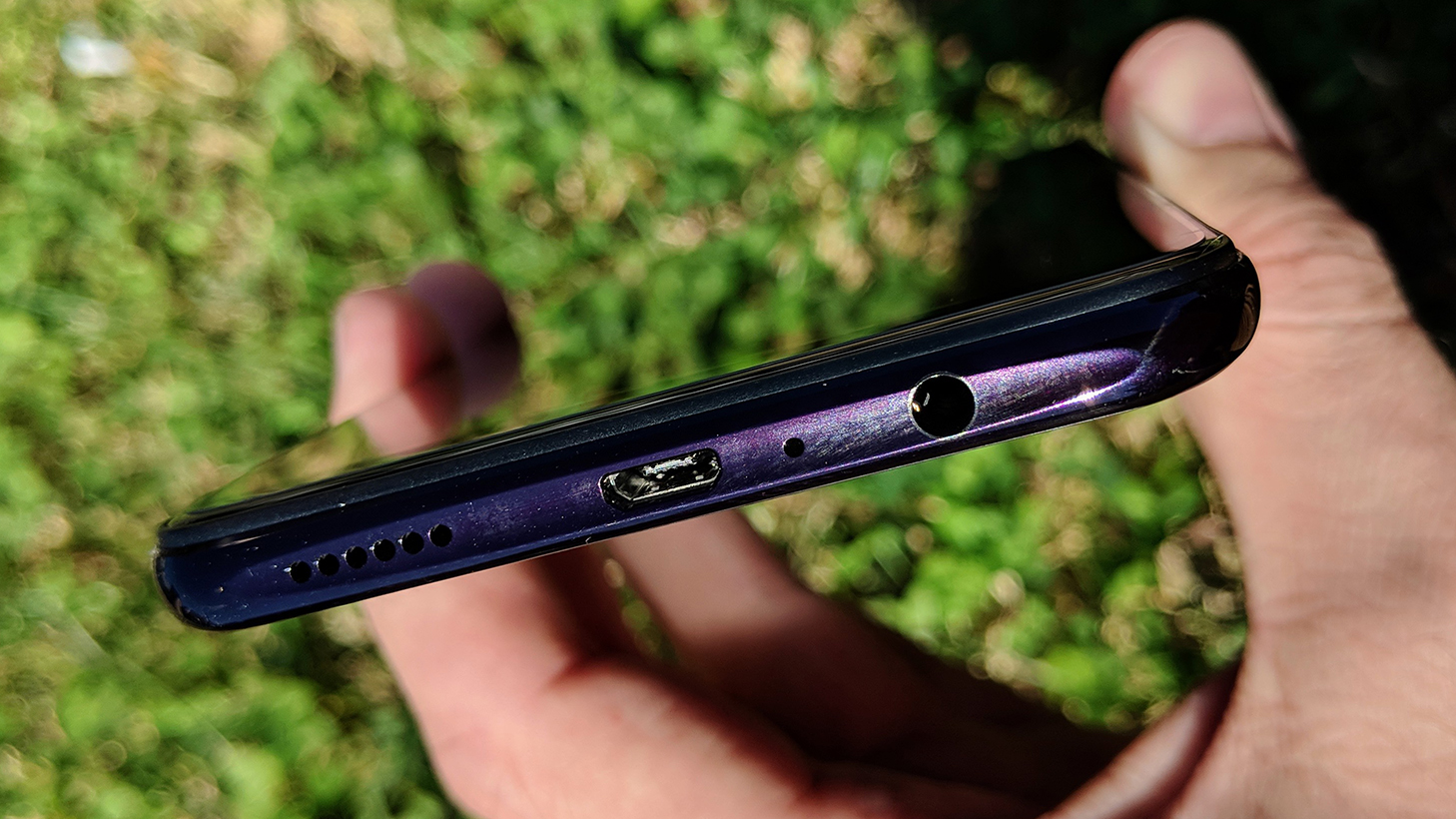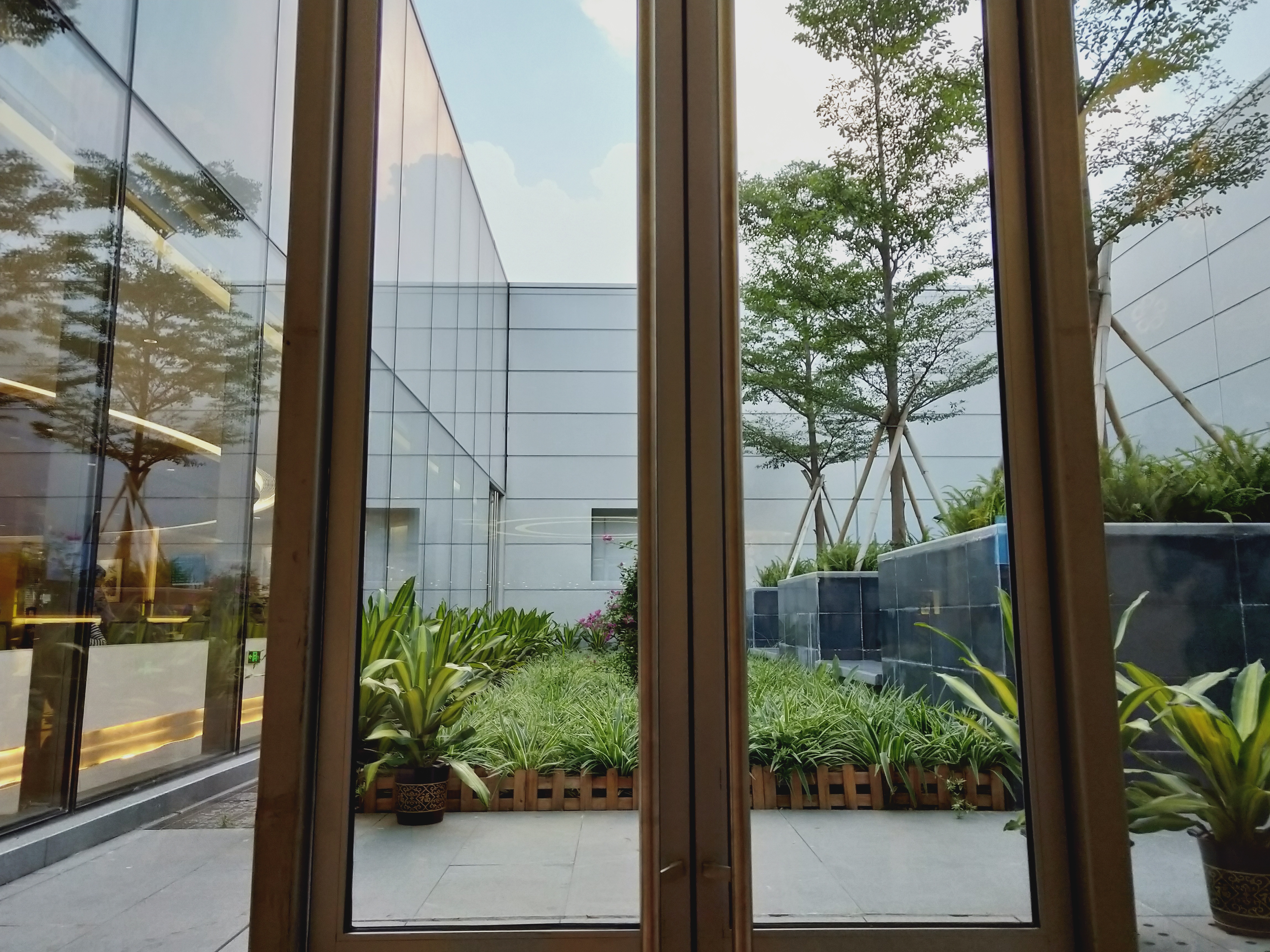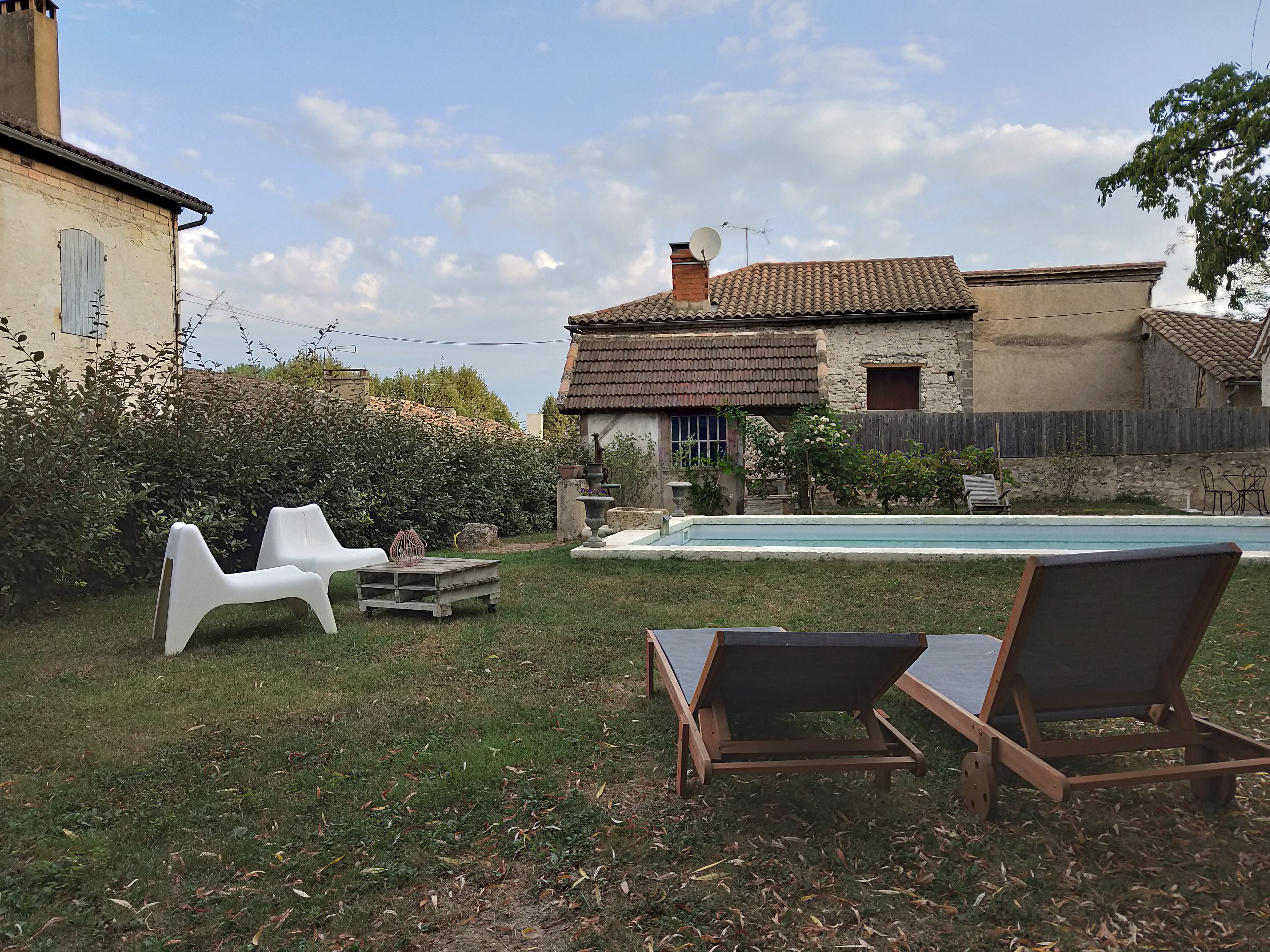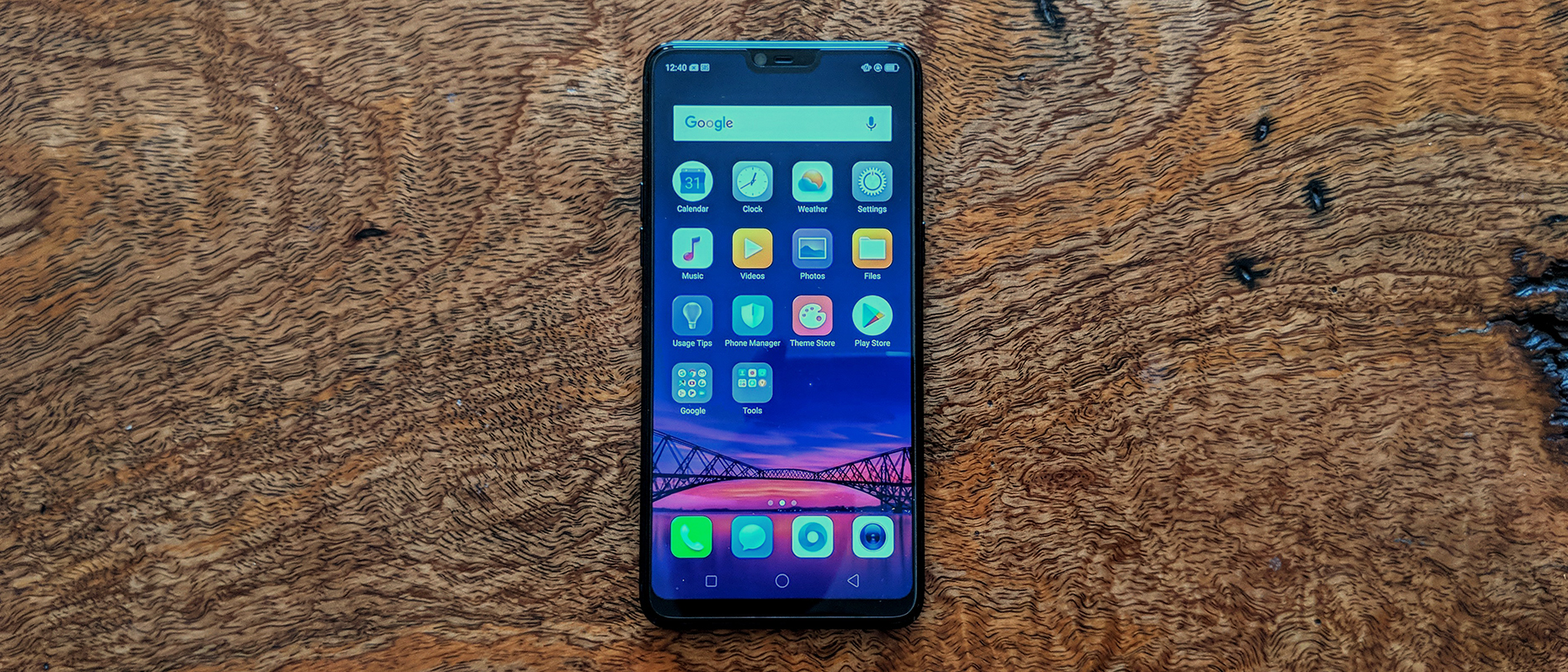Why you can trust TechRadar
Battery life
- 3,430mAh battery with fast-charge
- Poor performance but will last a day
Unfortunately, this is one of the areas where the Oppo is at its weakest. While the R15 Pro will get you through a day's usage fairly comfortably, it will be left with very little in the tank by evening and just won't cut it on those mornings you forget to leave your phone charging overnight.
It's clear that the gorgeous display takes its toll on the 3,430mAh battery, and it's likely that other missed optimisations are to blame here as well.
From our benchmark results, it seems that the R15 Pro scored lower than almost every handset we've reviewed in the last two years, performing equally as poorly as the HTC U12+.
For comparison, the PCMark Work battery benchmark had it scoring 6:11 hours, while the Huawei P20 Pro scored 9:46 hours, the Samsung Galaxy S9 7:44 hours, and the Motorola Moto G6 8:06 hours.
If you are feeling the pinch, the included fast charger offers 50% charge in 30 minutes, but as we mentioned earlier, this is via a micro-USB port rather than USB-C, which is a little disappointing at this stage.

Camera
- Clear and impressive outdoor shots
- Responsive and quick
- Some software and selfie quirks
All in all, the Oppo R15 Pro's camera is a winner. It takes winning photos in natural light. Switch the HDR (High Dynamic Range) option on the rear-facing dual lens camera and you will be amazed by what you’ve just captured.
Our landscape shots blew away last-year’s champion, the Huawei P10 Plus, with truer to life skies, clouds packed with intricate details and reflections in the glass of an adjacent building.
It’s fast, too, with the phone's speedy camera proving responsive to taking shots and video. However, there's a small amount of adjusting to the software in order to emulate tricks like the aperture effect that blurs the background while keeping the foreground in tight focus.
That’s found under the portrait mode, and in there you’ll find a number of gimmicks to alter the lighting, as well as some fancy augmented reality effects. There’s also the skin-smoothing beauty modes we've come to expect (helpful when you’re feeling a bit dusty), but that can be turned down or off.
The R15 Pro’s selfie prowess is a bit questionable, however, with a slight lack of definition, resulting in images feeling a bit ‘fudgey‘ – that is, unless you have the beauty mode on and the phone half an arm’s length away from your face. Best you stick to the rear lenses.




Performance
- Solid everyday performance
- Surprising power for the money
- Oppo's iOS-esque ColorOS 5.0 is present
Our technical benchmark tests revealed this to be a deceptively powerful phone given its price point, especially in our CPU-intensive tests.
Despite the Qualcomm Snapdragon 660 chipset being the same one Oppo used in its R11 and R11s handsets, it definitely still holds up and comes out swinging against the Huawei P20 Pro, scoring roughly the same in both Geekbench 4 and PCMark Work performance tests.
The R15 Pro scored 1617 / 5926 in Geekbench 4's single- and multi-core tests and 8255 in PCMark Work, while the P20 Pro scored 1906 / 6777 and 7195 respectively.
This, paired with 6GB of RAM, will make everyday use and multi-tasking a breeze, and while the Adreno 512 GPU is definitely capable of moderate media and gaming use, it's a little more indicative of the AU$779 cost.

As for the user interface, Oppo's ColorOS is back with version 5.0, and it's just as Apple-aping as ever. This isn't necessarily a detractor, particularly for those looking to jump over from iOS, but for those who are chasing a pure Android experience, Oppo isn't the company to go with.
There are features here that are shamelessly ported from iOS, such as the "assisting ball", which is identical to the software Home button that many early iPhone users would have grown accustomed to using after breaking their hardware button.
As a result of Oppo splitting the difference between the two competing core operating systems, there's going to be a learning curve for users coming from either direction. Regardless, it's intuitive enough to adapt to relatively quickly and is a nice upgrade for existing Oppo users, who will quickly feel at home.
Current page: Battery life, camera and performance
Prev Page Introduction, key features and design Next Page Verdict and competition
